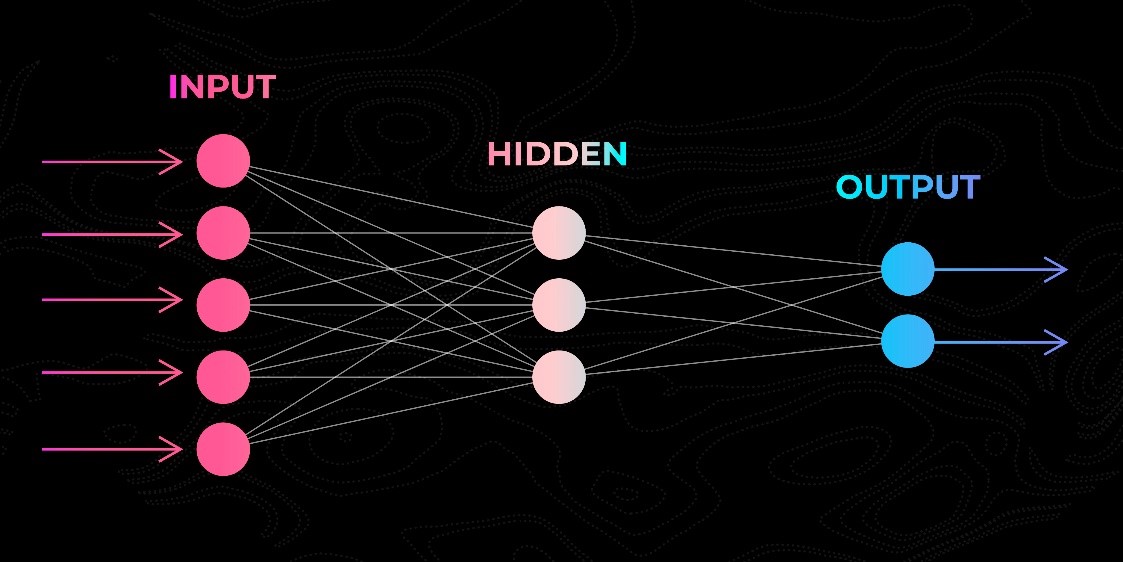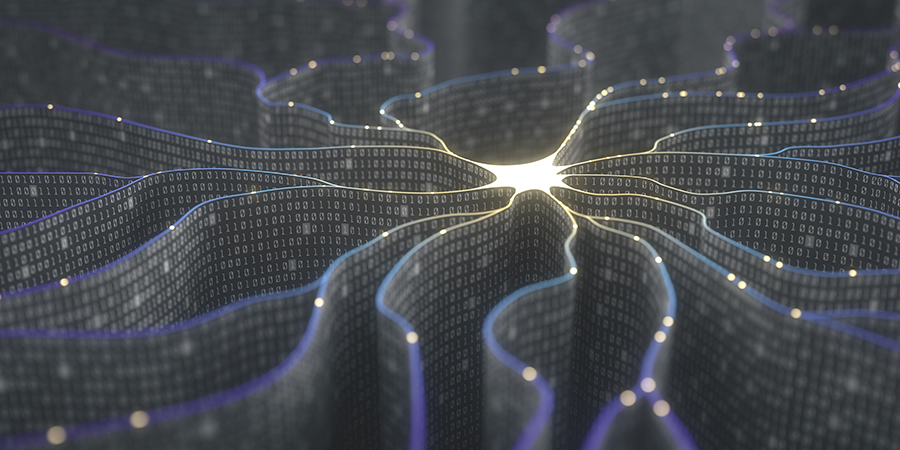With the proliferation of artificial intelligence and deep learning technologies, networks that replicate the functions of the human brain, the smartest and most complex known creation, have been created. You can thank these artificial neural networks (ANNs) for many of applications we use every day, such as Google’s search engine, Apple’s Face ID iPhone lock, and Amazon’s Alexa AI-powered assistant.
“I’m not suggesting that neural networks are easy. You need to be an expert to make these things work. But that expertise serves you across a broader spectrum of applications,” said Stefano Soatto, vice president of applied science for Amazon Web Services AI.
In fact, the idea behind artificial neural networks has existed for many decades. But, with the fourth industrial revolution driving digital transformation further, the promises of neural networks have turned to reality and helped the AI industry come into shape.
Understanding artificial neural networks
As technology becomes more advanced, artificial intelligence becomes a much needed component in various smart operations. If you come to think of it, neural networks reflect the behavior of the human brain. Mimicking the way that biological neurons send signal to one another, these networks allow computer programs to recognize patterns and solve common problems in the fields of AI, machine learning, and deep learning.
The only way that neural networks can do their purpose is to undergo training of data to learn and improve accuracy over time. Hence, they are composed of an input layer, which receives data from outside sources — can be data files, images, sensors, microphone, etc.; hidden layers that process the data; and an output layer that provides data points based on the set network function.

Most modern machine learning libraries have greatly automated the training process within neural networks. At its core are artificial neurons. Each neuron receives data inputs from several other neurons, multiplies them by assigned weights, adds them, and passes the sum to one or more neurons.
Based on what the machine learns about the data when processed by one layer, it determines how to move it through to the next layer based on the value it receives when evaluated. Based on the complexity of the data at hand, it can continue to process through more layers until delivered to the output layer.
ANN can be most efficient when trained to compare the outcome a machine gets with the human-provided description of what outcome is expected. If these don’t match, via backpropagation, the machine uses this feedback and goes back to adjust the weights of the layers. By adopting new learning rules, this can guide the neural networks on future processing.
When done manually, this will take ages to accomplish. But when you place thousands of neurons in multiple layers and stack them up on top of each other, you’ll obtain an artificial neural network that can perform very complicated tasks.
From medical analysis to supply chain tracking, artificial neural networks can be used in a number of ways to classify information, cluster data, or predict outcomes. Analyzing data, transcribing speech into text, powering facial recognition software, or predicting the weather, are just some of the most common use cases of these networks.
Human brain vs. AI
Intelligence has truly been revolutionizing in the digital era. With this comes the debate in whether AI can beat the human brain, or better yet, can it replace it altogether? Despite the exhaustive efforts done, the essence of the natural brain still remains competent against AI.
The original vision of the pioneers of artificial intelligence has been inspired from the physique and functions of the human mind. The brain’s biological neural network consists of approximately 100 billion neurons that perform their functions through massive connections linking each other, called synapses. Every function of the brain involves electrical and chemical signals simultaneously.
With this in mind, artificial neural networks are still quite different from their human counterparts. Unlike the human brain, which is continuously learning to do things through sense and reference frames, neural networks need millions of examples to come up with an accurate prediction in time.
In addition, neural networks are also bad at generalizing. As mentioned, a neural network must be trained for data processing and has specific sets of function. Thus, it will perform accurately a task it has been trained for, but quite poorly at anything else.
For instance, a ring classifier trained on thousands of ring pictures will not be able to detect other types of jewelry like necklaces, unless you input new images that could identify this value. Unlike humans, neural networks don’t develop knowledge in real-time via sensory, they process pixel values.
Often described as black boxes, neural networks express their behavior in terms of neuron weights and activations. The black box issue means that the approximation given by the neural network will not give you any insight between the weights and the function. Thus, from a traditional statistics viewpoint, a neural network is a non-identifiable model: given a dataset and network topology, there can be two neural networks with different weights but have exactly the same result.
Neural network innovation
Any simple action that a human being makes requires calculations that none of today’s supercomputers can accomplish in the same way. Our brain does it all in a very fast, accurate and efficient way in milliseconds, when AI requires a lot of intensive training to be even 50% precise than average.
As neural network innovation continues, more development on how ANNs can eventually renew and restructure can emerge. It is important to consider that a single neuron is meaningless but the ability to process the data according to their simple codes and to transmit the results to create connections with other neurons is groundbreaking in the reality that simple parts make up a larger whole.
Once it is all arranged with seamless interactions creating perfection, agility and efficiency, this technology can bring up more opportunities in the future. Nowadays, neural networks have been successfully applied to the broad spectrum of data-intensive applications such as machine diagnostics, fraud detection, portfolio management, and credit rating, among others.
For telecoms, the application of neural networks to nonlinear channel modeling and identification can also be used for several purposes such as channel design, transmitter and receiver design, (beamforming and adaptive antennas), computer simulation and performance evaluation of communications channels, diagnoses, and fault detection.
